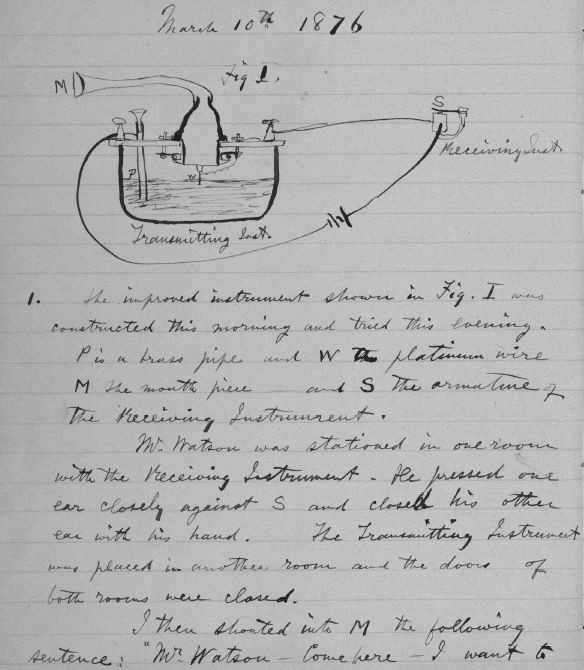
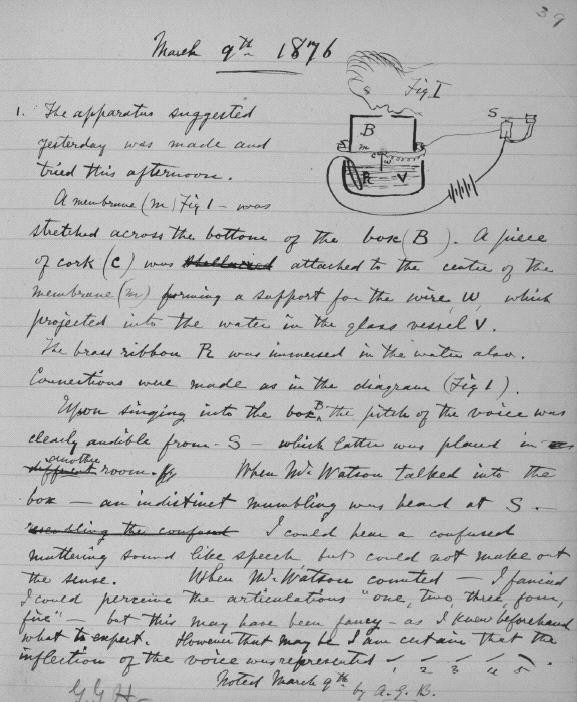
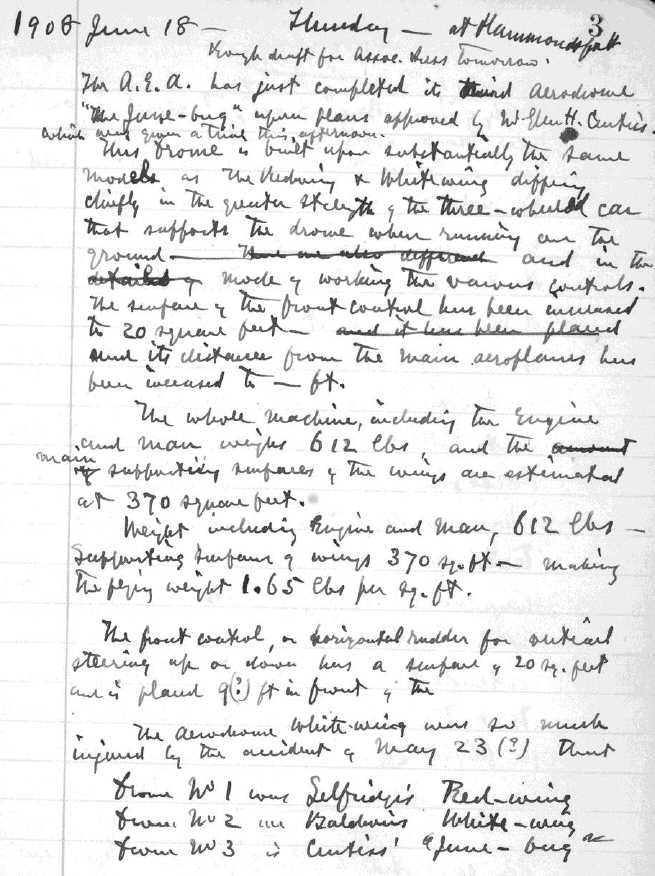
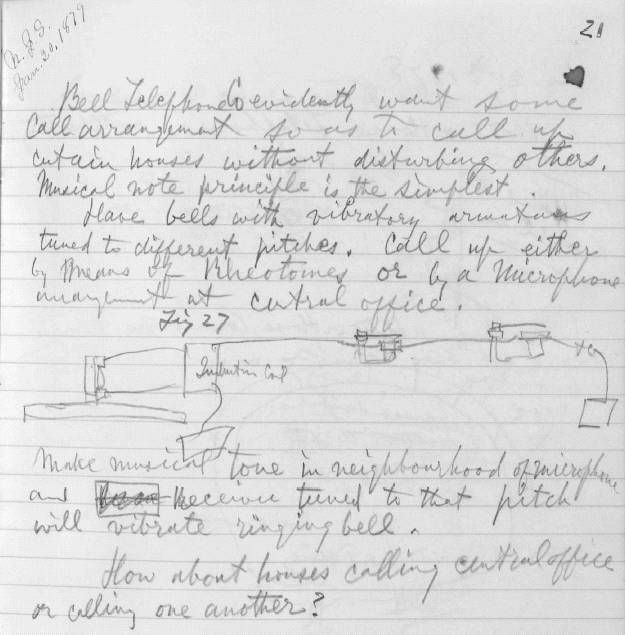
Alexander Graham Bell Notebooks
$19.50
Description
The extensive collection of Alexander Graham Bell’s notebooks, journals, and drawings comprises a staggering 1,875 pages, offering an invaluable record of his life and work. This massive archive details his journey from birth in Edinburgh, Scotland on March 3, 1847, to his groundbreaking invention. His father, Alexander Melville Bell, significantly influenced his career by developing “Visible Speech,” a revolutionary system of representing all human sounds symbolically, a system Alexander Graham Bell later used in his work with the deaf.
Alexander Graham Bell’s dedication to helping the deaf is evident in his teaching career, starting in London in May 1868 and continuing in Boston from April 1871. This experience profoundly shaped his understanding of sound and its transmission. His move to Boston provided access to leading scientific institutions and collaborators.
During the spring of 1874, Bell’s acoustic research at MIT, coupled with his collaboration with Boston ear specialist Clarence Blake, focused on the intricacies of the human ear and the phonautograph, a device that visually represented sound waves. It was during this period of intense experimentation, that summer, that the pivotal idea for the telephone emerged, along with the creation of its initial design. This summer also marked the beginning of his crucial partnership with Thomas Watson, a skilled electrician who would become instrumental in bringing Bell’s vision to life.
The crucial race to patent the telephone is documented in the records. On Valentine’s Day, 1876, Bell submitted his patent application, narrowly beating Elisha Gray, whose attorney filed a caveat just hours later. The official issuance of United States Patent No. 174,465 on March 7th solidified Bell’s claim. The culmination of years of dedication followed on March 10th with the historic first transmission of intelligible human speech via the telephone. These notebooks thus chronicle not only a scientific breakthrough but also a dramatic chapter in the history of innovation and intellectual property. Alexander Graham Bell’s collection of notebooks spans several periods of his life, beginning with entries from the year 1865, continuing with a series of notebooks from 1875 to 1879, followed by another set from 1891 to 1893, and concluding with notebooks from 1906 to 1908 and a final notebook from 1910. The majority of these notebooks focus on two key areas of Bell’s inventive pursuits: the telephone and the burgeoning field of aviation. This significant collection holds a wealth of information regarding his experiments and innovations in these fields. Among the many fascinating entries within these notebooks is a record of Bell’s groundbreaking success on March 10, 1876. This entry details the very first successful telephone transmission, where Bell famously communicated with his assistant, Thomas A. Watson, using the now-iconic phrase, “Mr. Watson—Come here—I want to see you.” The collection also contains invaluable primary source material, including Bell’s initial design sketch for the telephone, dating back to 1874, showcasing the evolution of his ideas from their earliest conceptual stages.
Timeline of Main Events:
1847:
- March 3: Alexander Graham Bell is born in Edinburgh, Scotland to Alexander Melville Bell and Eliza Symonds Bell.
1864:
- April: Alexander Melville Bell develops Visible Speech, a universal alphabet representing human sounds.
1868:
- May: Alexander Graham Bell begins teaching speech to deaf children at Susanna Hull’s school in London.
1871:
- April: Bell moves to Boston and starts teaching at the Boston School for Deaf Mutes.
1874:
- Spring: Bell conducts acoustics experiments at the Massachusetts Institute of Technology (MIT).
- Spring/Summer: Bell and Dr. Clarence Blake begin experimenting with the mechanics of the human ear and the phonautograph.
- Summer: Bell conceives the idea for the telephone and makes the original sketch.
- Summer: Bell meets Thomas Watson, a young electrician who becomes his assistant, at Charles Williams’ electrician shop in Boston.
1875:
- Bell begins detailed work on the telephone with Watson.
1876:
- February 14: Bell files a patent application for the telephone at the United States Patent Office. Elisha Gray’s attorney files a caveat for a telephone design just hours later.
- March 7: United States Patent No. 174,465 is officially issued for Bell’s telephone.
- March 10: First successful transmission of intelligible speech over the telephone occurs. Bell speaks the famous words, “Mr. Watson–Come here–I want to see you.”
1879:
- Continued experimentation and development of the telephone.
1891-1893:
- Period of Bell’s notebook entries focusing on the telephone and other scientific endeavors.
1906-1908:
- Further notebook entries, including work on aviation.
1910:
- Final notebook entries from this period.
Cast of Characters:
1. Alexander Graham Bell (1847-1922):
- Bio: Scottish-born scientist, inventor, engineer, and innovator credited with inventing and patenting the first practical telephone. He was a pioneer in the field of deaf education and also worked on various other inventions and scientific pursuits.
2. Alexander Melville Bell (1819-1905):
- Bio: Alexander Graham Bell’s father. He was a prominent elocutionist, phonetician, and inventor who developed Visible Speech, a system for representing sounds visually. His work significantly influenced his son’s interest in sound and communication.
3. Eliza Symonds Bell (1809-1897):
- Bio: Alexander Graham Bell’s mother. She was a talented musician and a significant influence on her son despite experiencing hearing loss at a young age.
4. Thomas Watson (1844-1934):
- Bio: American electrician and machinist who worked closely with Alexander Graham Bell on the development of the telephone. He built the first working prototypes of Bell’s designs and was on the receiving end of the first successful telephone call.
5. Dr. Clarence Blake (1844-1924):
- Bio: A prominent Boston ear specialist who collaborated with Alexander Graham Bell on early experiments related to the mechanics of the human ear and the phonautograph. His expertise contributed to Bell’s understanding of sound and hearing.
6. Susanna Hull:
- Bio: Educator who ran a school for deaf children in London, where Alexander Graham Bell taught speech in the late 1860s.
7. Elisha Gray (1835-1901):
- Bio: American electrical engineer who independently developed a telephone design around the same time as Bell. His patent caveat was filed only hours after Bell’s application, leading to a famous patent dispute.
8. Charles Williams:
- Bio: Owner of the Boston electrician shop where Alexander Graham Bell met his future assistant, Thomas Watson.
Related products
-
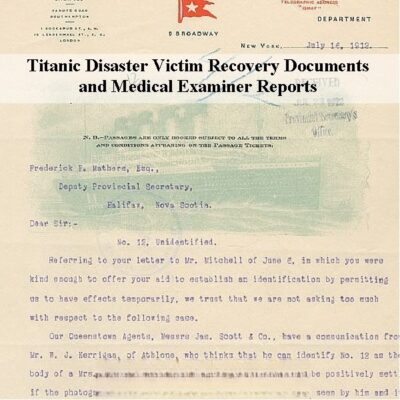
Titanic Disaster Victim Recovery and Medical Examiner Records
$19.50 Add to Cart -
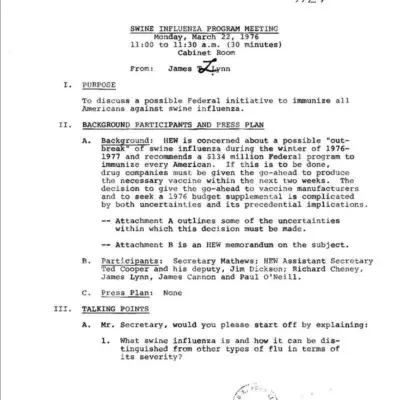
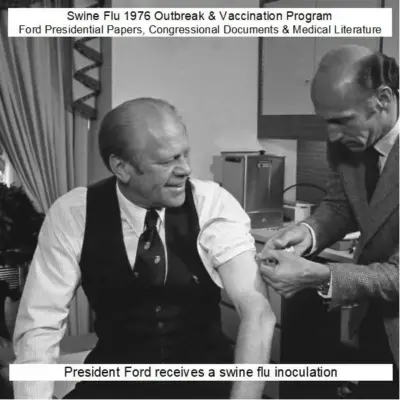
1976 Swine Flu Outbreak and Vaccination Program
$3.94 Add to Cart -
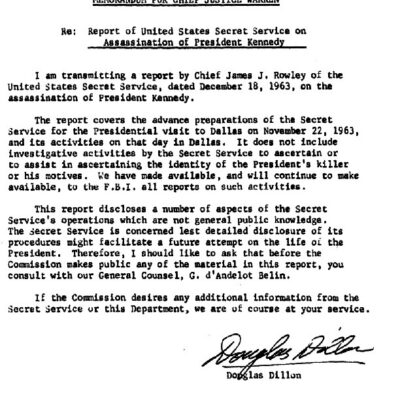

John F. Kennedy Assassination Secret Service Reports
$19.50 Add to Cart -
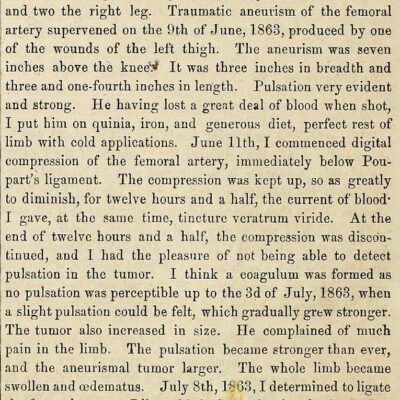
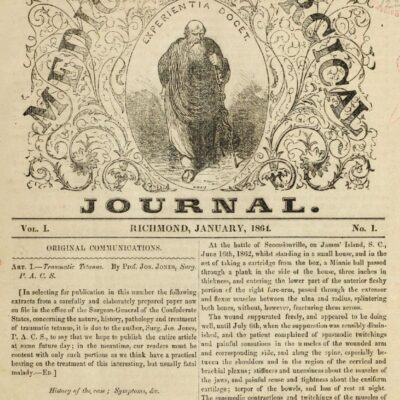
Civil War Confederate States Medical and Surgical Journal (1864 – 1865)
$19.50 Add to Cart